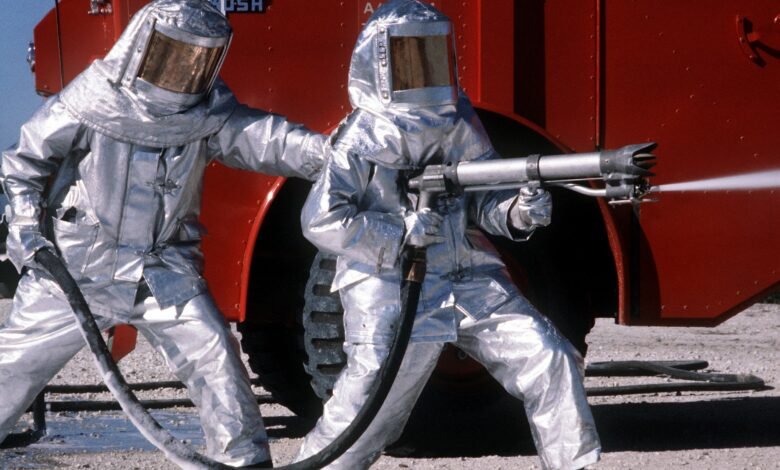
In NFPA 70E, which is the Standard for Electrical Safety in the Workplace, there are four different Arc Flash PPE (Personal Protective Equipment) categories, also known as PPE levels or hazard risk categories. These categories are based on the severity of the potential arc flash hazard and the required level of protection for workers. They are defined by the amount of incident energy exposure (expressed in calories per square centimeter, cal/cm²) that a worker may experience during an arc flash event. Here are the four NFPA 70E Arc Flash PPE categories:
- Category 1 (PPE Level 1):
- Minimum Arc Rating: 4 cal/cm²
- This category is assigned to tasks that pose the lowest risk of arc flash exposure. It typically includes work on energized equipment with low incident energy levels, such as routine maintenance and testing tasks.
- Category 2 (PPE Level 2):
- Minimum Arc Rating: 8 cal/cm²
- This category is assigned to tasks with a moderate risk of arc flash exposure. It includes work on energized equipment with higher incident energy levels or when performing more involved tasks such as racking circuit breakers.
- Category 3 (PPE Level 3):
- Minimum Arc Rating: 25 cal/cm²
- This category is assigned to tasks with a significant risk of arc flash exposure. It includes work on energized equipment with high incident energy levels or when performing tasks such as opening electrical panels in live electrical systems.
- Category 4 (PPE Level 4):
- Minimum Arc Rating: 40 cal/cm²
- This category is assigned to tasks with the highest risk of arc flash exposure. It includes work on energized equipment with very high incident energy levels, such as performing maintenance on large electrical systems or working on high-voltage lines.
Employers are responsible for determining the appropriate Arc Flash PPE category for each task based on the results of an arc flash hazard analysis. This analysis considers factors such as the available fault current, clearing time of protective devices, equipment configuration, and working distance from energized equipment. Selecting the correct PPE category ensures that workers are provided with adequate protection against the hazards of arc flash events while performing their duties.



